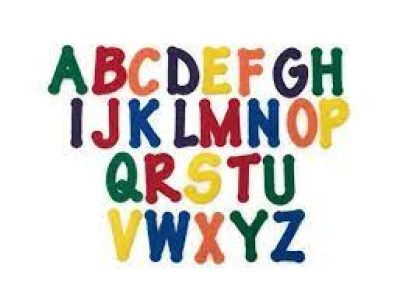A common conundrum that many of us face, perhaps without realizing it, is the differentiation between scratch paper and scrap paper. While these terms are used interchangeably in daily conversations, there are subtle differences between the two that make them more suitable for different purposes.
Understanding Scratch Paper
Scratch paper, as the term suggests, refers to a piece of paper used for scribbling down quick notes or experimental drafts. Its primary purpose is to provide a temporary medium for jotting ideas or rough calculations before transferring them into a more organized format or final document.
Scratch paper might include a hodgepodge of thoughts or notes from a brainstorming session or rough sketches for an art project. It’s not meant for preserving valuable information but rather serves as a gateway to improving upon ideas until they’re ready to be finalized.
Exploring Scrap Paper
Scrap paper, on the other hand, refers to leftover pieces of paper that have been discarded or repurposed due to prior usage. It comes from various sources, such as previous printouts, old notebooks, envelopes, magazines, and newspapers. Generally unfit for official documents, scrap paper is often recycled or used for more casual tasks like quick lists or memos.
One common use of scrap paper might be creating grocery lists or scribbling down phone numbers and contact details. Its purpose is less about refining ideas and more about conserving resources by putting single-sided or unwanted physical prints to practical use.
Potential Overlap
While there certainly exist distinctions between scratch paper and scrap paper, it’s crucial to mention the areas where they overlap. Both can serve as platforms for impromptu lists, reminders, and mental dumps without concern for aesthetics or long-term storage. They’re also temporary in nature and have one foot in the recycling bin.
In conclusion, scratch paper focuses on temporary idea generation and laying out rough drafts while scrap paper is more about repurposing discarded pieces of paper for practical use. Despite their fundamental differences, there’s a clear and valid place for both types of paper in daily life. By understanding these distinctions, we can correctly identify instances where one might better serve our purposes than the other and ultimately contribute to a more organized and resource-conscious lifestyle.





